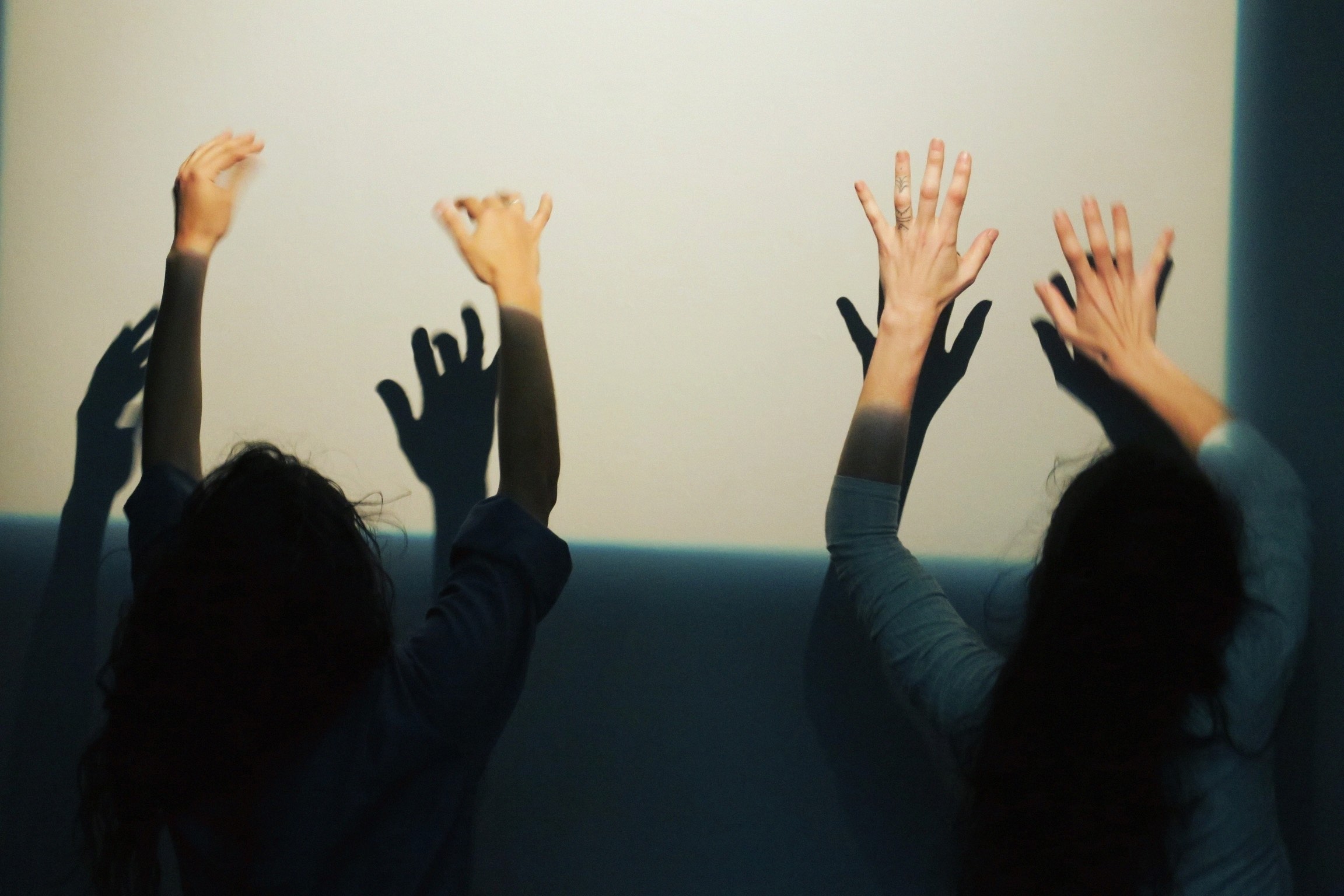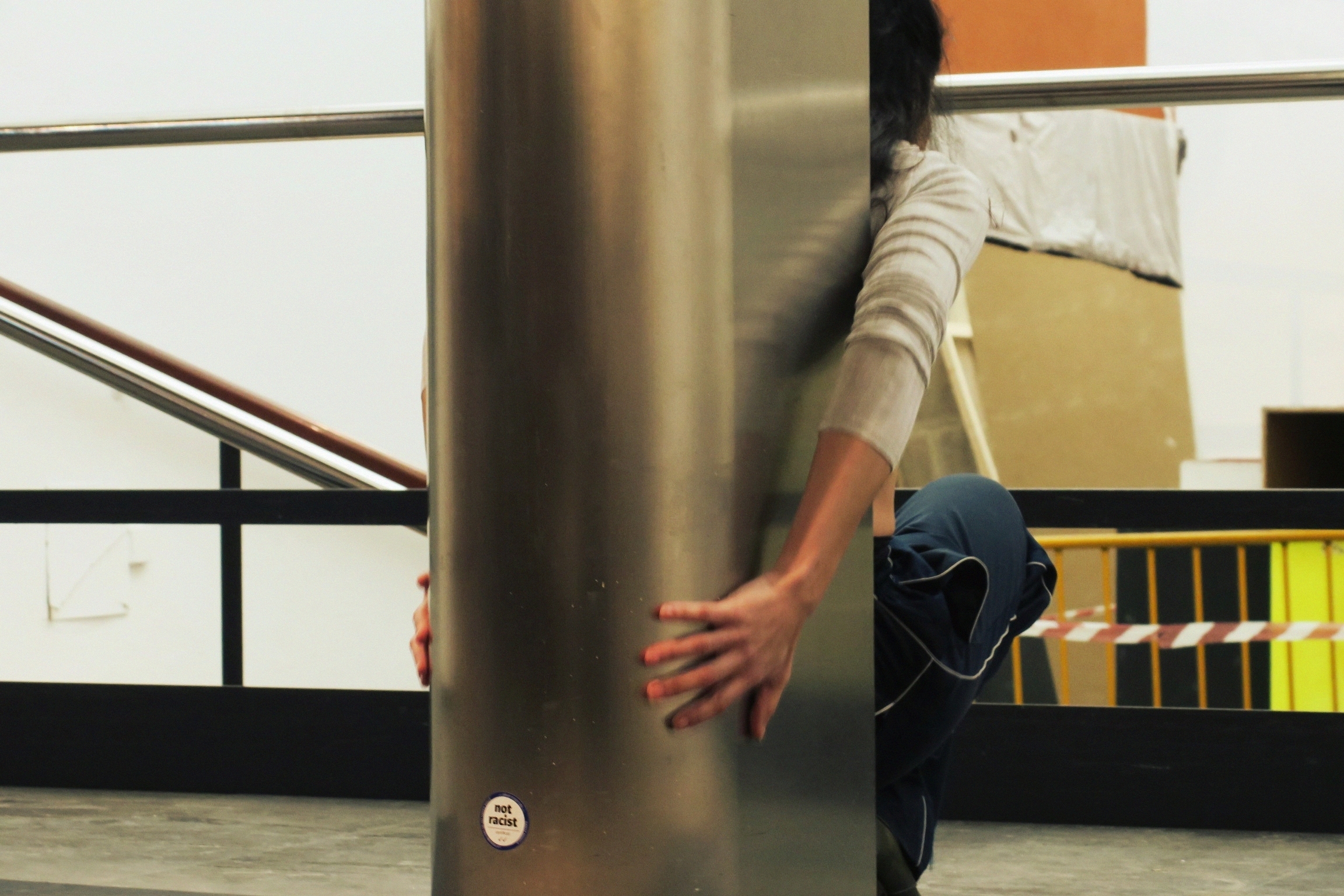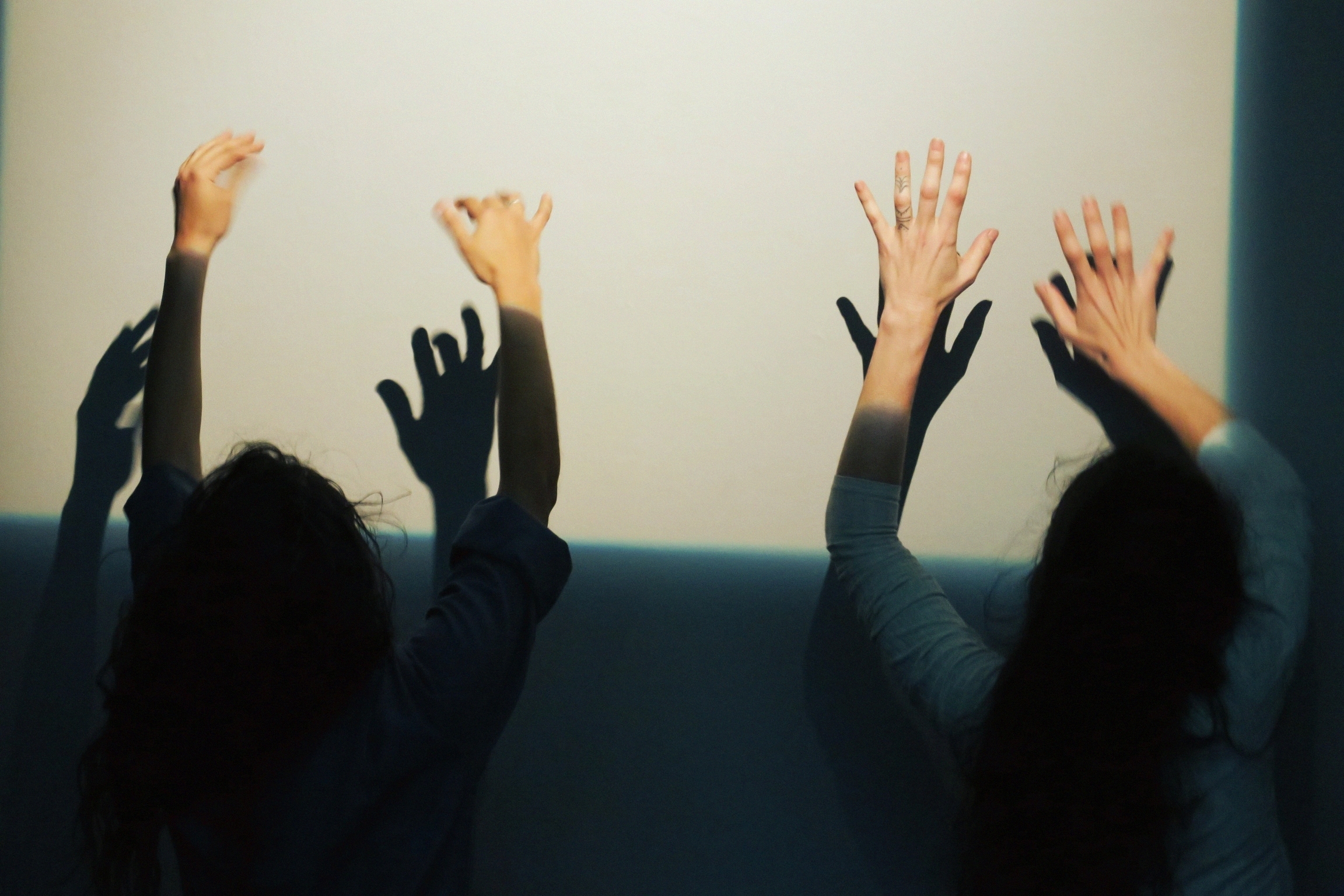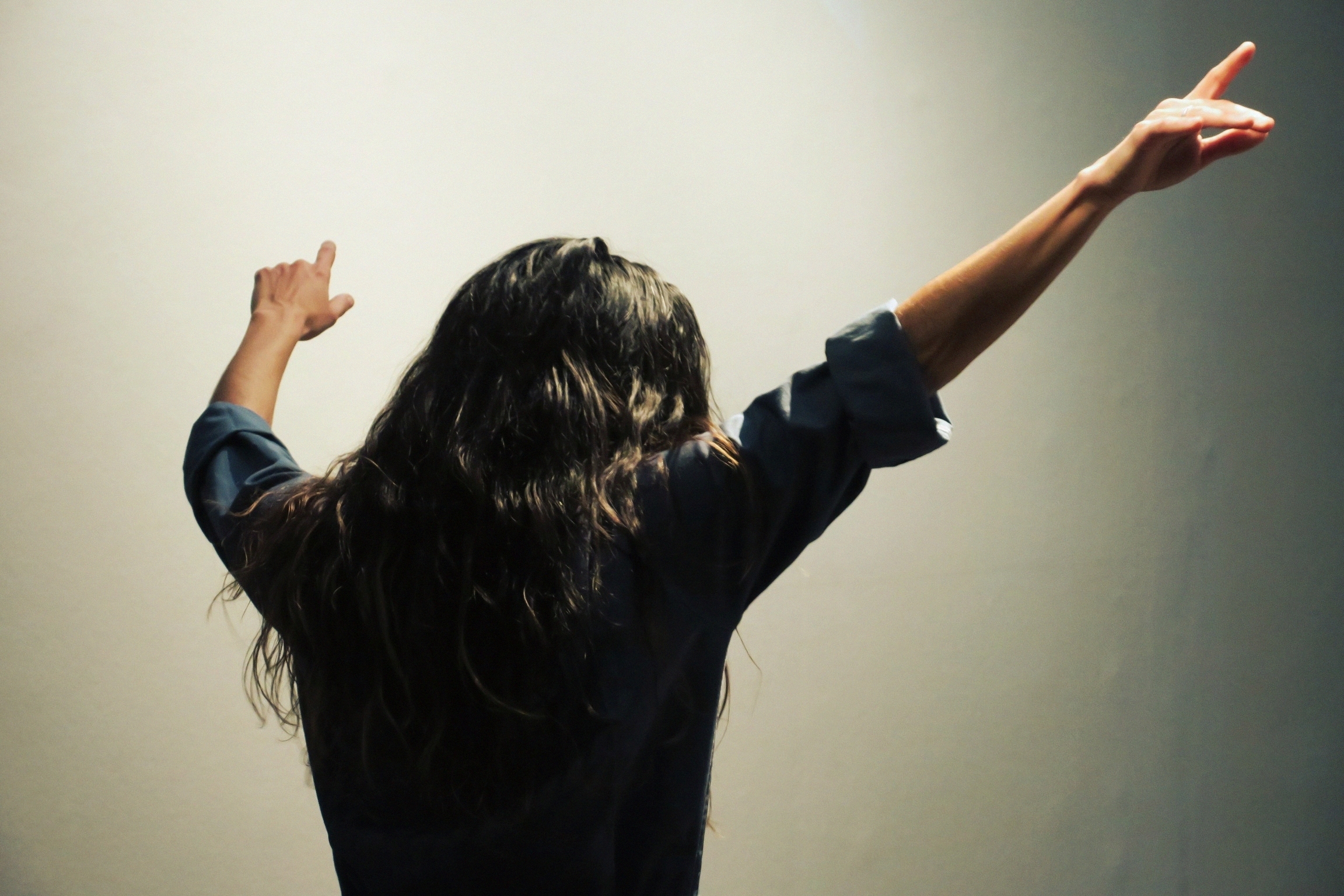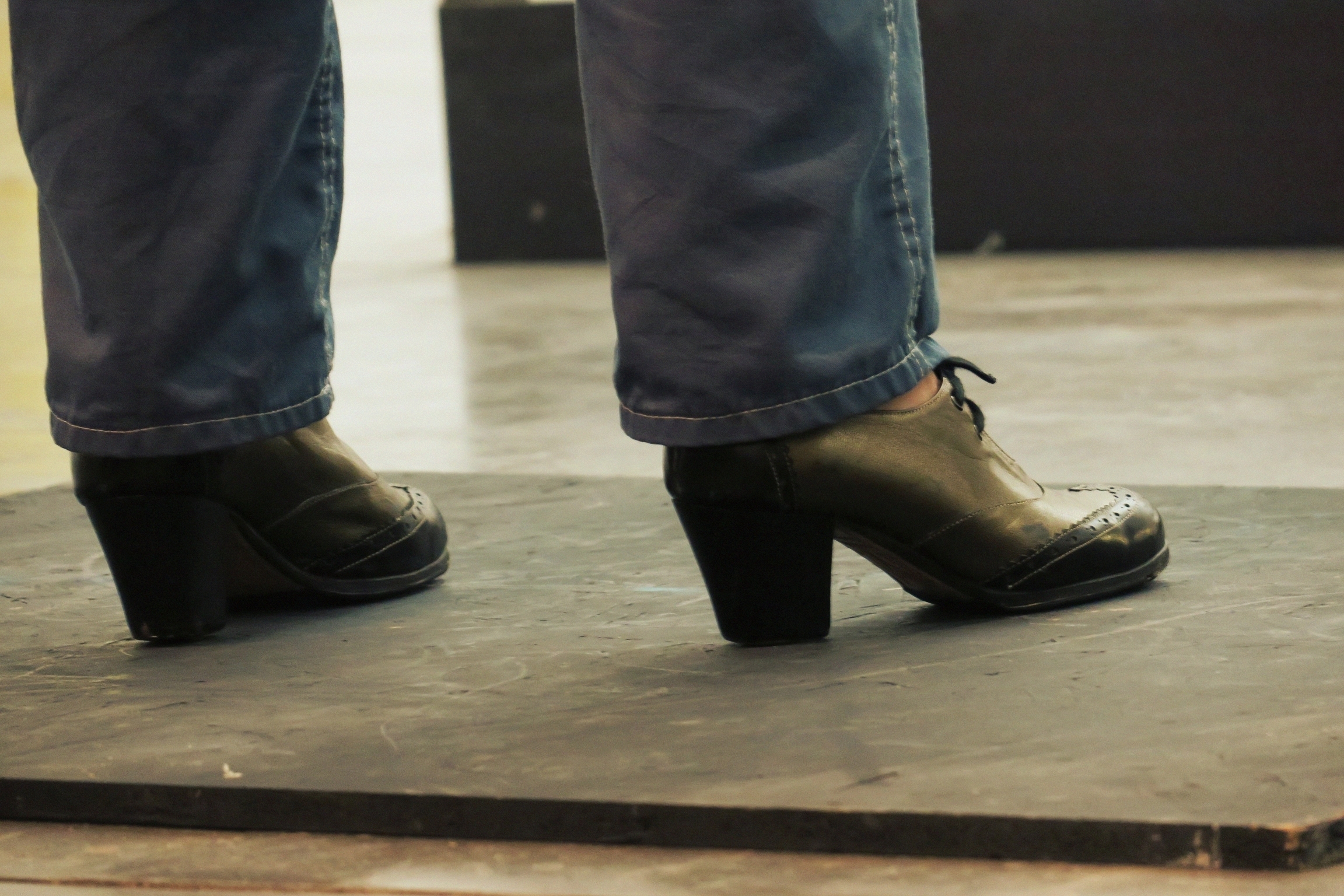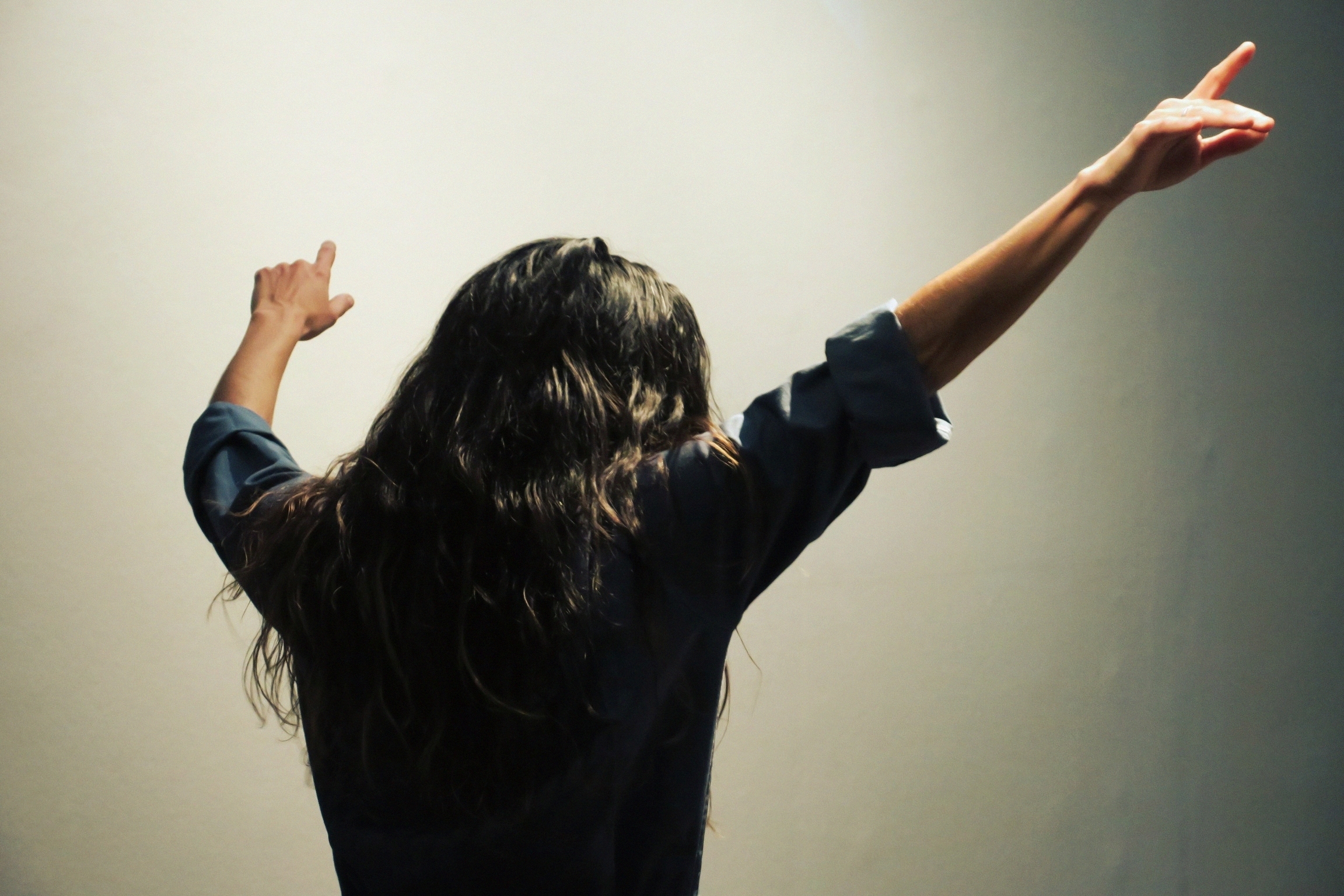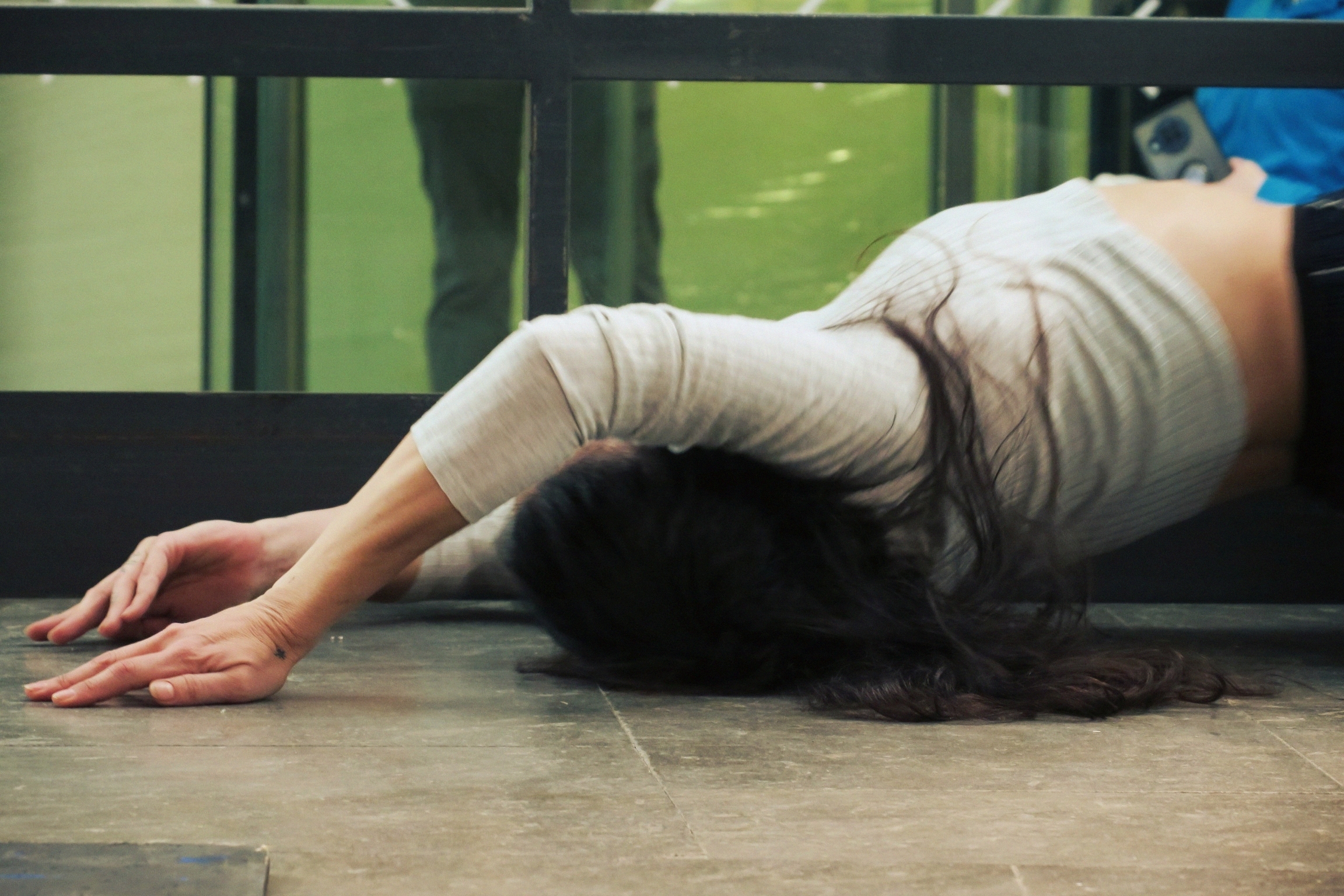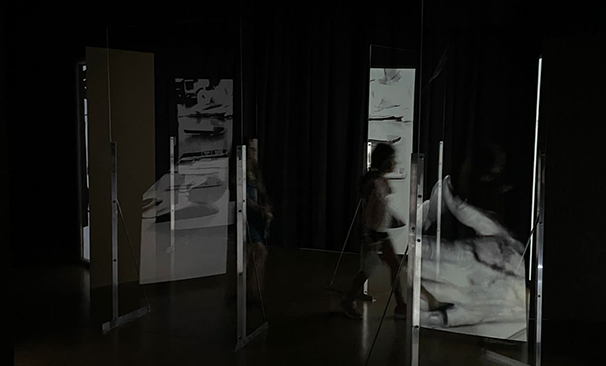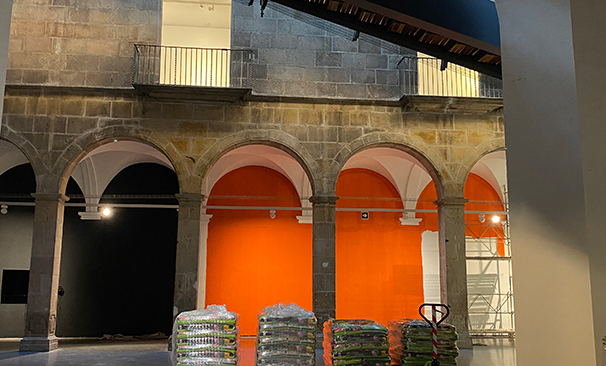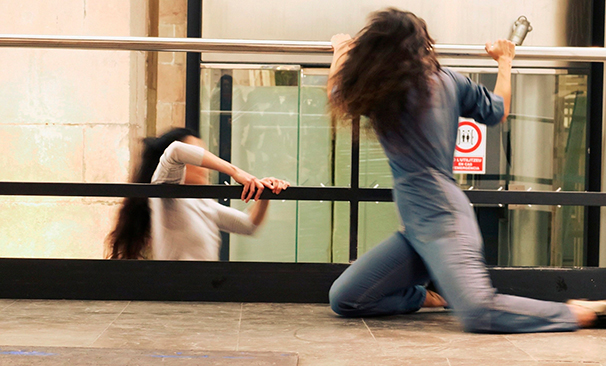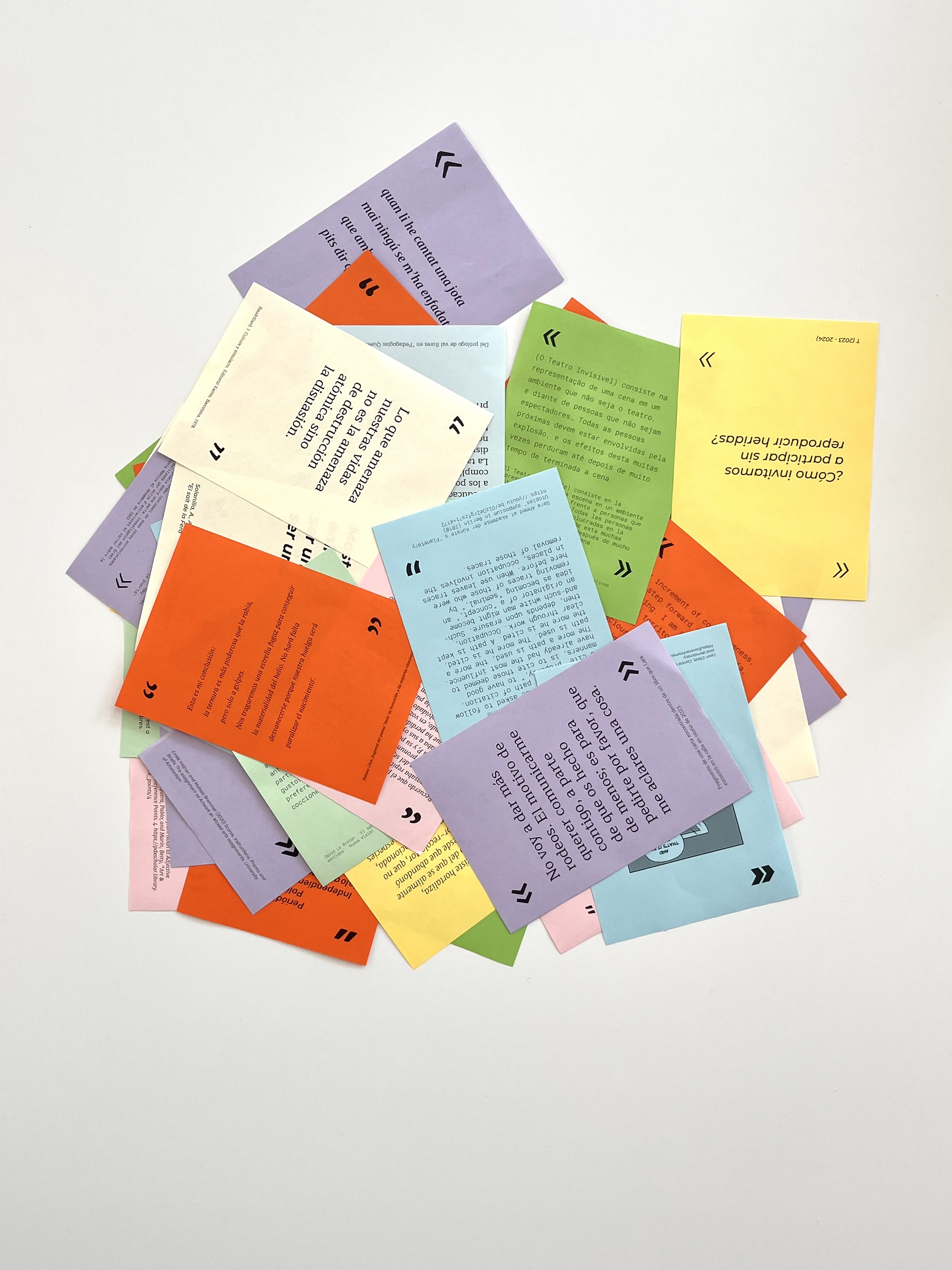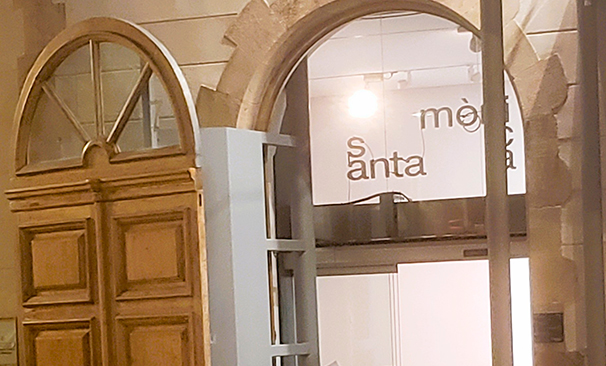What are you looking for?
You might be looking for...
EntreJam
A performance in a space-time between exhibitions
Abstract
EntreJam is a music and dance performance that changes the experience of the spaces between exhibitions. Visitors can enjoy improvisations by dancers and singers without a fixed point of view, approaching them randomly. The movement through the architecture – affected by the process of assembly or disassembly, which limits sub-spaces or blocks access – also changes. The different spectacles are presented as a unitary experience, despite their fragmentary nature. The aim is to generate communication between the artists in order to create a joint work, with the uncertainty of whether this meeting will actually take place.
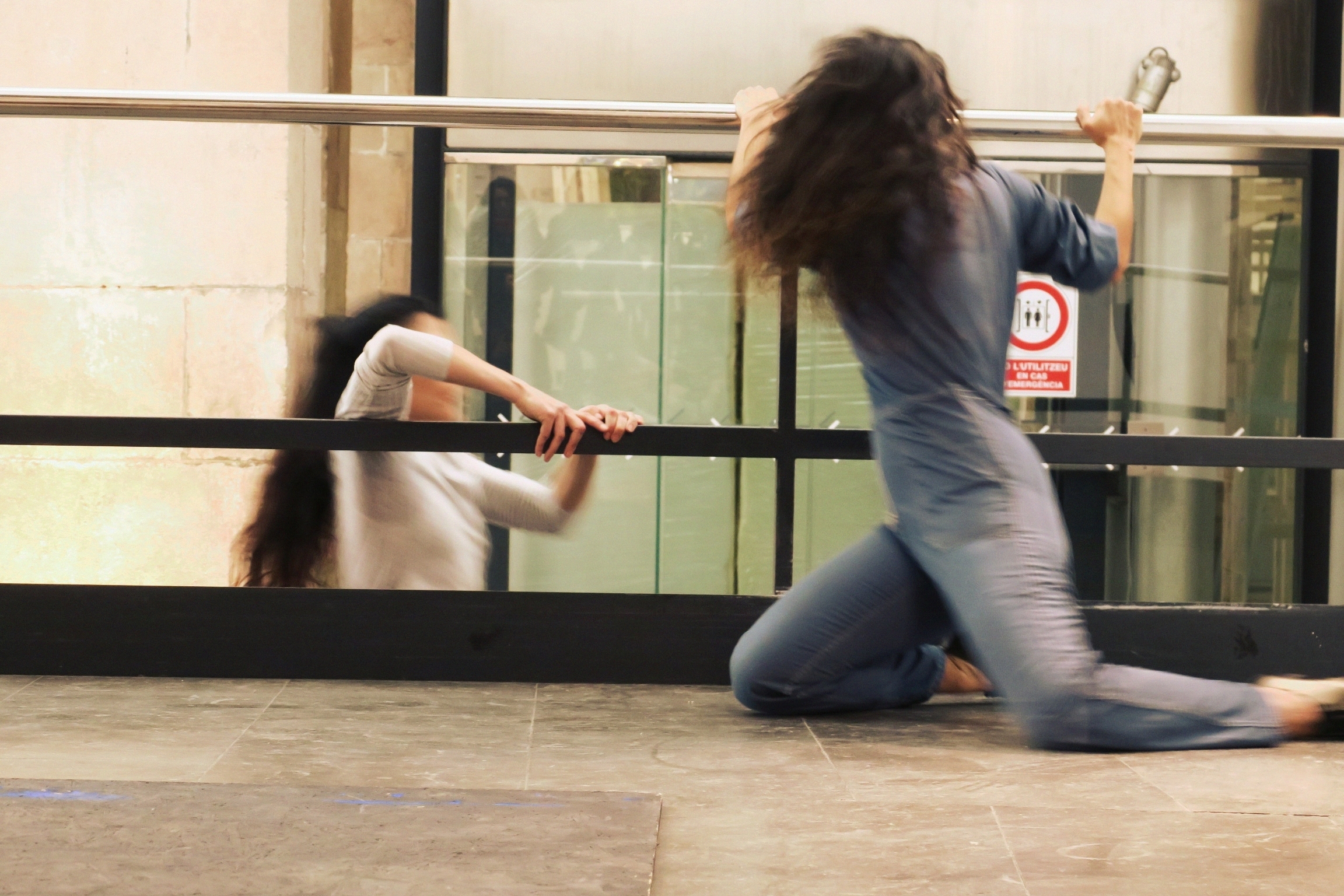
What EntreJam proposes is to use performance to unite the everyday and the museum: to walk through the Santa Mònica with different stimuli, to discover or rediscover its singularity, to change the uses of things or to resignify spaces (such as a lift that becomes a stage, the wood of the old exhibition that becomes a tablao or the railing that becomes a percussion instrument).
BACKGROUND
- A work team.
- A cultural space with a regular programme of exhibitions.
- Performers who can collaborate.
- Material according to the creative needs of the project: microphones, projectors, wiring, music equipment, consumables, etc.
INGREDIENTS
1. Share the interests, objectives and doubts of the working group in order to find common ground between all the participants. Accordingly, search for and select performers who fit with what you want to work on.
2. Meet with the space coordinators to learn about the exhibition assembly/disassembly schedule, protocols and logistical constraints.
3. Structure a first sequencing of situations and actions and possible contents and visual strategies, according to the possibilities of space and timing.
4. Organise a meeting for the selected performers to get to know and test the space.
5. Make a storyboard with the basic structure of each scene. Make adjustments to the content and timing of each one. Also make a list of the materials you need for the action and reserve or purchase them.
6. Publicise the event. If necessary, design graphic materials.
7. Organise a small rehearsal or pilot run. As appropriate, several can be organised the days before or a single one in the hours leading up to the event.
8. On the day of the action, set up the space as needed and make technical adjustments as appropriate.
9. Once finished, have a small closing ceremony to thank the participants and collect the materials.
STEPS
The performances should be designed to be as inclusive as possible: leave stools for people who need them, include touch as a means of expression, and pay attention to any need, uniqueness or proposal that comes from the public.
We also recommend an evaluation session, especially if you plan to repeat the experience.
RECOMMENDATIONS AND ADVICE
Materialisations
Spaces Guild Prototype 23-24
Pedro Bennaton, Cristina Candela and Anna Solanilla
Participants in the first edition:
Cristina Candela, Albert Cases, Anna Colom, Karen Lugo, Marc López and Anna Solanilla.
Participants in the second edition:
Alejandro Castillo, Cristina Candela, Anna Colom, Mercedes Boronat, Marc López, Pere Martínez, Karen Lugo and Anna Solanilla.
PROTOTYPE CREDITS 23-24
* This recipe is based on documentation of the entire process. For more details, contact us at santamonica@gencat.cat.
